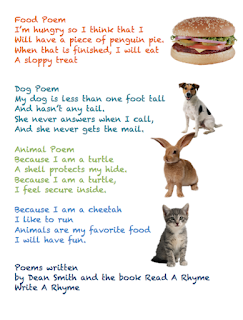Artisan.com Picture Book Maker
This is the best picture book maker for the younger students I have found so far. With a cover, back cover, and 6 pages, the students writes and design their own story. This website has premade imagesand backgrounds for the students to choose from for their pages. There are 8 backgrounds, 4 different characters that can be scaled and switched to look like it performing a different action, and 20 extras such as fences, trees, clouds, skateboards, soccer balls, and more. With the pencil tool students type in their words and can scale those as well. While I do not love the typing part, the illustrations are fun and in the end you can email a link to the final book.
Take a look at my sample book: http://www.artisancam.org.uk/flashapps/picturebookmaker/captures/stf/index.php?incomingNum=17299
Croak.it
 This is a free website that allows you, the user, to record up to 30 seconds of audio. This user interface is one of the easiest on the web. Click the large croak button on the page, record 30 seconds or less of audio, and select Proceed. Name it, Tag it, and tou can share via a link, directly share it to Facebook, Twitter, or Google+, OR you can get an embed code to put it on your website. They even have a mobile version for iPhones and Androids.
This is a free website that allows you, the user, to record up to 30 seconds of audio. This user interface is one of the easiest on the web. Click the large croak button on the page, record 30 seconds or less of audio, and select Proceed. Name it, Tag it, and tou can share via a link, directly share it to Facebook, Twitter, or Google+, OR you can get an embed code to put it on your website. They even have a mobile version for iPhones and Androids.Coming soon: the ability to mix to croaks.
For the classroom this could be fun to download on the iPads and have students work on quick facts to add my website. Or book recommendations to add to the website. As I mentioned before I LOVE using QR codes and so do the students so I can have students record information/recommendations about books, link the croak with a QR code and add it to the cover a book. As a classroom teacher students could record answers in groups and record quick answers for me to check later.
Wonderopolis.org
This is fun and great for getting students more interested in Information Text. Wonderoplois is a website where the answers to things you are naturally curious about are answered. There are short passages of non-ficiton text as well as video and interesting topic to keep any students interest.This would be fun for a quick research project in between the large projects.

Todaysmeet.com
 The last few large meetings and conferences I have attended have had Today's Meet up and running. It is a great tool for backchannel talking in large groups. Once a room is created people with the link go in, and with no registration need, can post ideas and questions. The entire conversation can be saved. This is a great way for students to interact with each other in the classroom as well with students in other classes nearby, in another state, or anywhere around the world!
The last few large meetings and conferences I have attended have had Today's Meet up and running. It is a great tool for backchannel talking in large groups. Once a room is created people with the link go in, and with no registration need, can post ideas and questions. The entire conversation can be saved. This is a great way for students to interact with each other in the classroom as well with students in other classes nearby, in another state, or anywhere around the world!
a place
where natural curiosity and imagination lead to exploration and
discovery - See more at:
http://wonderopolis.org/about/#sthash.Dg7X2GPB.dpuf
a place
where natural curiosity and imagination lead to exploration and
discovery - See more at:
http://wonderopolis.org/about/#sthash.Dg7X2GPB.dpuf
a place
where natural curiosity and imagination lead to exploration and
discovery - See more at:
http://wonderopolis.org/about/#sthash.Dg7X2GPB.dpuf














